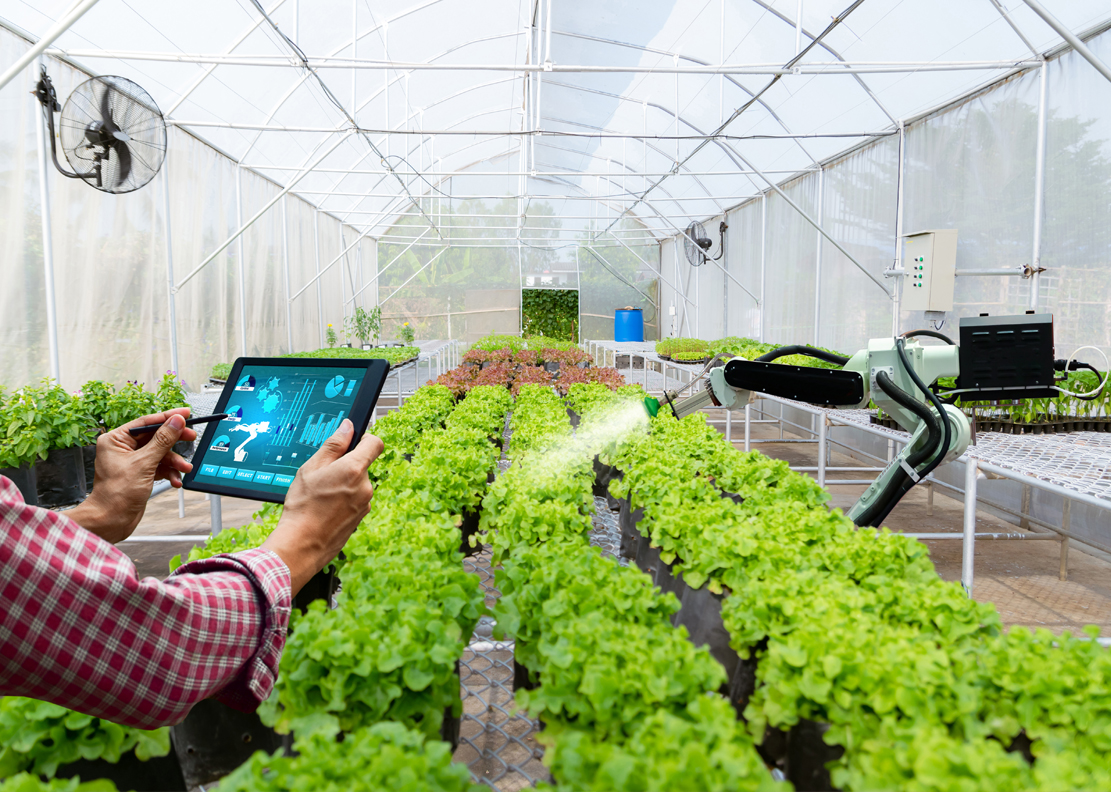Sustainable Solutions for MENA: Tackling Climate Challenges in Energy, Water, and Food
11 August 2024Climate resilient solutions such as expanding renewable energy production, improving water use efficiency, and adopting climate-smart agricultural practices are essential if the Middle East is to avoid the shattering effects of global warming, the Al-Attiyah Foundation found in its latest Sustainability Research Paper.
The global climate is becoming more severe, with several parameters reaching record levels in recent months. For example, the global mean temperature reached 1.45 ± 0.12 °C above pre-industrial levels in 2023, and the average global sea surface temperature was 21.06°C in February 2024, the highest ever recorded.
The Middle East and North Africa, known as the MENA region, is characterised by an arid climate and scarce freshwater supplies and therefore is particularly affected by climate change with temperature increases higher than the global average. Recent impacts include severe droughts in Morocco and Tunisia and significant flooding in the Arabian Peninsula.
High population growth in the MENA region is increasing demand for food, water, and energy, putting additional pressure on already scarce resources. Agriculture, the largest water user, will need more irrigation, and urban water demand will rise. Agricultural yields could fall by up to 30% by mid-century due to hotter, drier conditions, and coastal areas are at risk from flooding and erosion, affecting both agricultural and energy production.
Changes in temperature and rainfall patterns are worsening water scarcity challenges, affecting energy production and consumption. Rising temperatures have led to a surge in electricity demand for cooling, stretching overburdened power grids. Reduced rainfall and more frequent droughts pose a critical threat to energy production. This trend is expected to continue, reducing water availability crucial for cooling fossil-fueled thermal power plants, which generate over 90% of the region’s electricity.
Short-term measures to combat such effects of climate change include more water-efficient power plants and advanced cooling technologies. In the longer-term, the region also needs to diversify its energy mix with renewable sources like solar and wind, which require little water. Qatar has already made great strides in this regard with the opening of the Al Kharsaah Solar PV Independent Power Producer (IPP) project. Inaugurated in 2022 and located 80 km west of Doha, Al Kharsaah is set to produce 10% of Qatar’s peak electricity demand at full capacity. Over its lifespan, it will also enable Qatar to reduce its CO2 emissions by 26 million metric tons.[1]
Decentralised renewable energy systems, more resilient to extreme weather events, offer interesting opportunities. Improving water security through increased efficiency and new sources like desalination and treated wastewater is also key, according to the report. Food security should be tackled not only at the production stage with sustainable land management practices but also across the value chain by reducing post-harvest losses.
The MENA region is at the forefront of the global climate crisis, experiencing accelerated warming, changing rainfall patterns, and more extreme weather events. These changes are putting immense pressure on the region's water resources, energy systems, and food production capacity. The interlinked nature of energy, food, and water systems requires an integrated approach to resource management that considers the complex interdependencies between these sectors.
To read the full report click HERE
